Useful information | 13 basic techniques for flower arrangement!
1. Branch fixing method
Some flowers have straight branches that are hard to bend, such as loquat, maple, pine and crabapple. Some flowers have defects in shape or are difficult to fix, and it is not suitable to tie them with wire. You can use the method of breaking branches. Breaking branches to fix the shape means breaking a certain part of the flower branch, but not too much. It is better to keep it intact and slightly elastic.
The method is to hold the branch with both hands, put the thumbs on the fold, and bend the branch with both hands. If the branch is tough, it will still bounce back to its original position after bending. You can embed a small stone or a small piece of wood when the fold is bent to prevent the branch from being reset.
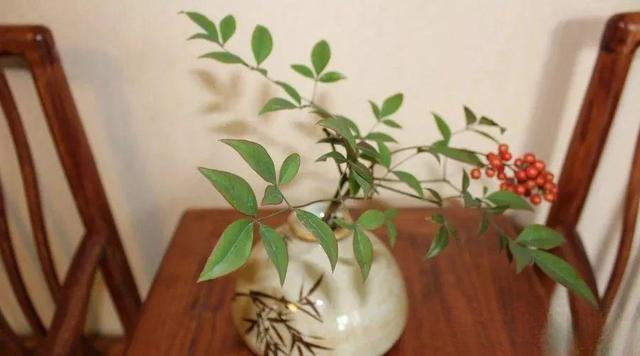
2. Clamp fixation method
When flower branches are inserted into a vase, they often move or get out of place, which is a headache for flower arrangers. In order to ensure that the flower branches are firmly inserted into the vase, two methods should be used to solve the problem according to the specific situation of the flower material.
One method is to use horizontal branch clamps to fix the vase. Make a longitudinal cut at the end of the woody flower branch to be inserted, and clamp a small branch. The flower branch and the small branch are in a cross shape, and then inserted into the vase so that there are three supporting points between the flower branch and the vase to achieve the purpose of fixing.
Another method is to use straight branches to tie the branches. The branches are tied vertically, and the length of the branches is determined by the depth of the vase. The upper part of the branches is short enough to tie the flower branches, and the other end is long, extending all the way to the bottom of the vase. This method is most suitable for long vases and swords.
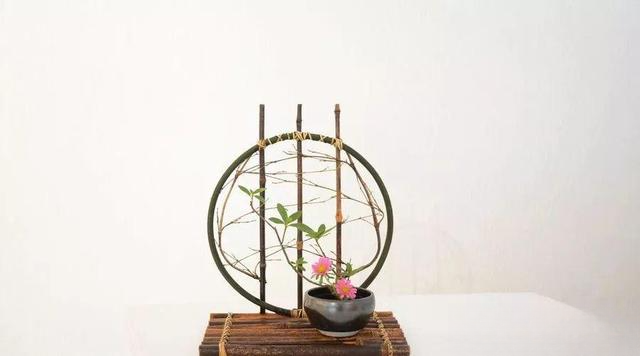
3. Bottle mouth rack fixing method
There are many shapes of vase mouth racks, which are mainly used to solve the problem that the vase mouth is too large to fix the flower branches.
When displaying flower branches with a large inclination in a large-mouthed vase, you can use a cross-shaped fixing rack to allow the flower branches to rest on the angle of the cross of the rack.
In this way, the flower branches will not shift significantly. If the bottle mouth area is not too large, a Y-shaped fixing frame can be placed, with the branch base supported on the inner wall of the bottle and the branch waist resting on the notch of the insert frame.
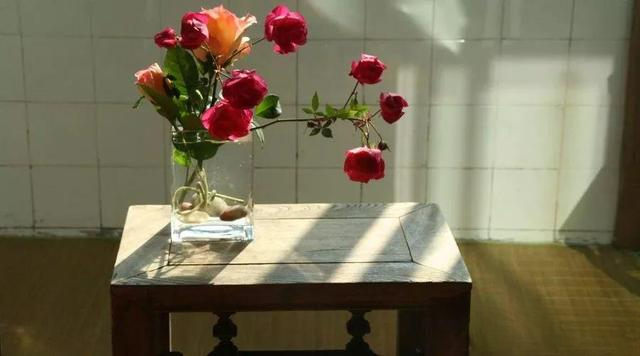
4. Incisional fixation
When using a socket to arrange flowers, some woody flowers are relatively thick and hard, making it difficult to insert them into the flower socket.
In order to facilitate fixation, the base incision method is generally adopted, that is, after cutting according to the shape of the flower material, several cuts are made longitudinally at the incision to form several small notches, so that the flower can be smoothly inserted into the vase. This not only facilitates the fixation of the flower branch, but also expands the wound surface, which is conducive to the flower branch to absorb water.
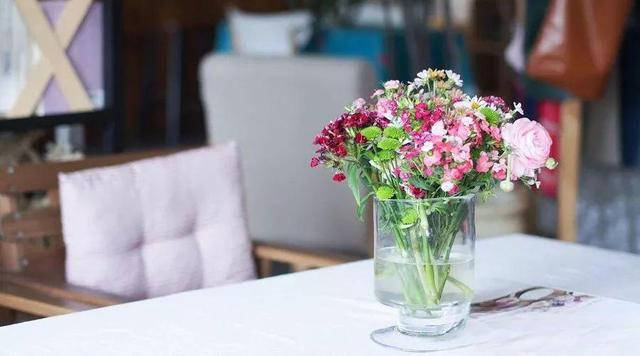
5. Bevel incision fixation method
When processing flower arrangement materials, in addition to cutting the thick and hard branches of woody flowers into pieces, the general woody flowers and harder herbaceous flowers are processed by bevel cuts.
For example, branches of silver willow, winter plum and iris, it is better to insert the vase with an oblique cut. If you insert an upright branch, just push the flower stalk downward and push it hard to insert it into the vase.
If you want to insert it into an inclined shape, you can first insert the flower branch into an upright shape, and then push the flower branch in the direction you want to tilt it.

6. Attachment fixation method
Some herbaceous flowers have a soft texture, and some have thin and weak pedicels, such as gerberas, carnations and marigolds, which are difficult to fix in the flower sockets. The only way to fix them is to attach branches.
The method is to take a short branch and tie it to the base of the flower branch with a rope or wire to expand the contact area between the flower branch and the flower socket, so that the flower branch will not easily fall over when inserted into the flower socket.
If there are hollow or loose plants, such as calla lilies and reeds, they can also be used as attached branches.
The method is to cut a small piece of flowers and insert it into the flower socket, then align the hollow part of the flower branch with the small branch and insert it, which will also be effective.
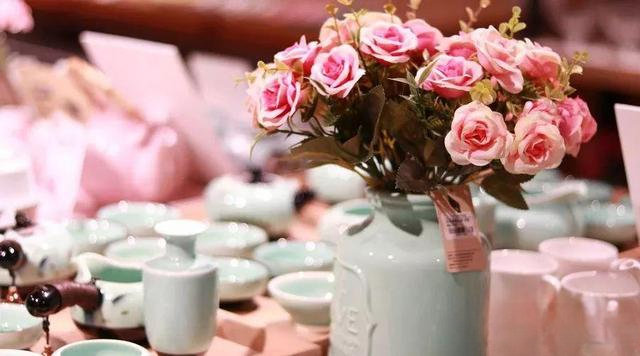
7. Group bundling method
Some wild flowers have bright colors, but the flowers are very small. One or two flowers cannot reflect their beauty. Good effects can only be achieved when they are concentrated.
Therefore, when arranging flowers, you can hold the flowers into a ball, tie them with a rope or wire, and then insert them.

8. Flower socket joint method
The size of flower sockets is limited, and sometimes a single flower socket is not enough to make a large flower arrangement.
In order to arrange more flowers, you can put several flowers together and nail them together horizontally with several small branches.
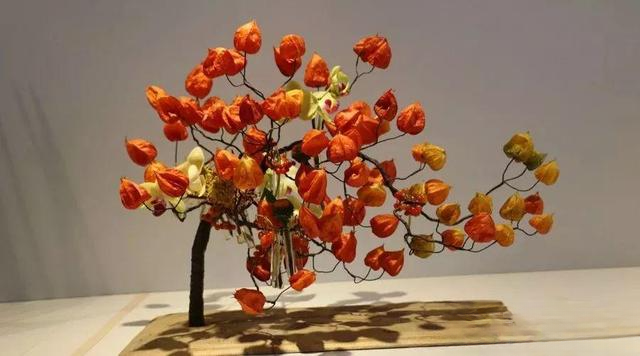
9. Flower Insert Upside Down Method
When using woody flowers for flower arrangement, it is inevitable that the flower branches are heavy and the flower sockets are light, causing them to fall over.
At this time, you can put another flower socket upside down on one side of the flower socket to increase gravity.
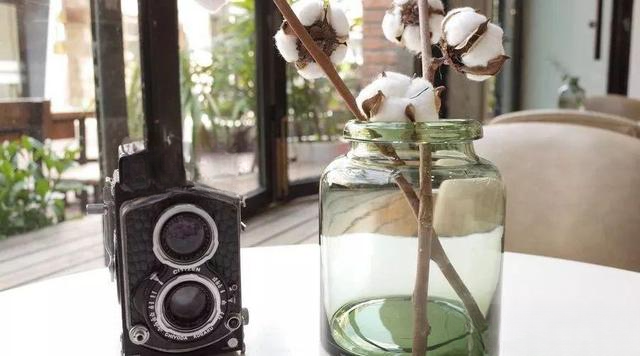
10. Wire winding method
In order to support certain flower branches and overcome defects in flower shape, the flowers can be shaped into a spiral climbing shape.
Wrap the branches with a wire that is hard enough to bend them into shape, and bend them according to your own ideas. However, the wire should not be too thick, nor should it affect the ornamental effect of the flower arrangement.
If necessary, you can wrap the wire with a layer of green tissue paper or paint it green.
This method can make the flower branches bend freely and at will. This method is suitable for processing soft flower branches.
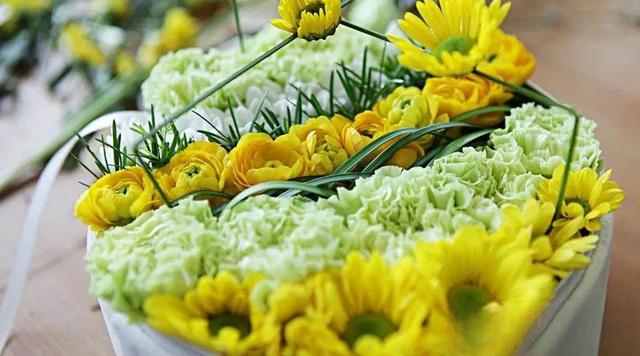
11. Metal wire threading method
The center of the pedicel of some flowers is hollow, such as marigolds, celery and gerberas. You can choose a metal wire of appropriate thickness and insert it from the cut, or you can insert it from the center of the stamen.
This method will not affect the appearance of the flower branches, and can make the flower branches bend freely. However, this method cannot be used for non-hollow flower branches, such as carnations, chrysanthemums, etc.
During the process of threading the wire, if it is difficult to pass through the upper part of the flower branch or the part near the flower, you should stop according to the specific situation and not completely penetrate the flower branch, or do partial threading and partial winding.
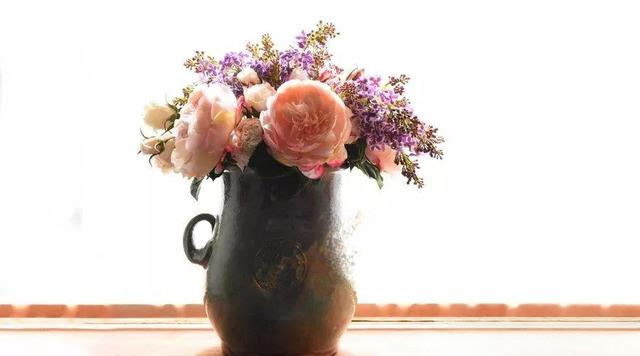
12. Wedge molding method
For rough and hard woody flowers, in order to achieve the beauty of natural curvature without revealing any traces of artificiality, you can use triangular wedges of wood and insert them into the cuts of the branches to be shaped.
The wedges are required to be made of the same plant material and have basically the same thickness and size. The wedges made in this way have beautiful shapes and are in line with people's wishes. It is generally difficult to see flaws, and it will not affect the branches' absorption of water.

13. Notch bend technique
The bending angle required for woody flower techniques is not large. You can also use scissors to cut the flower stem obliquely. The depth of the cut should not exceed 2/3 of the diameter of the flower stem. Then hold both sides of the cut tightly with both hands and slowly bend the branch. If the branch is more resilient, you can insert a small piece of wood into the cut.
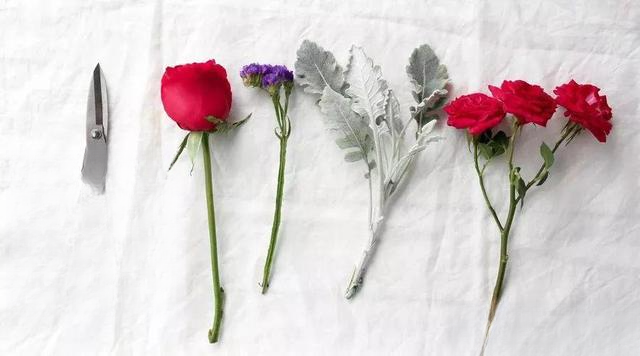
Have you learned today’s little knowledge about flower lovers?